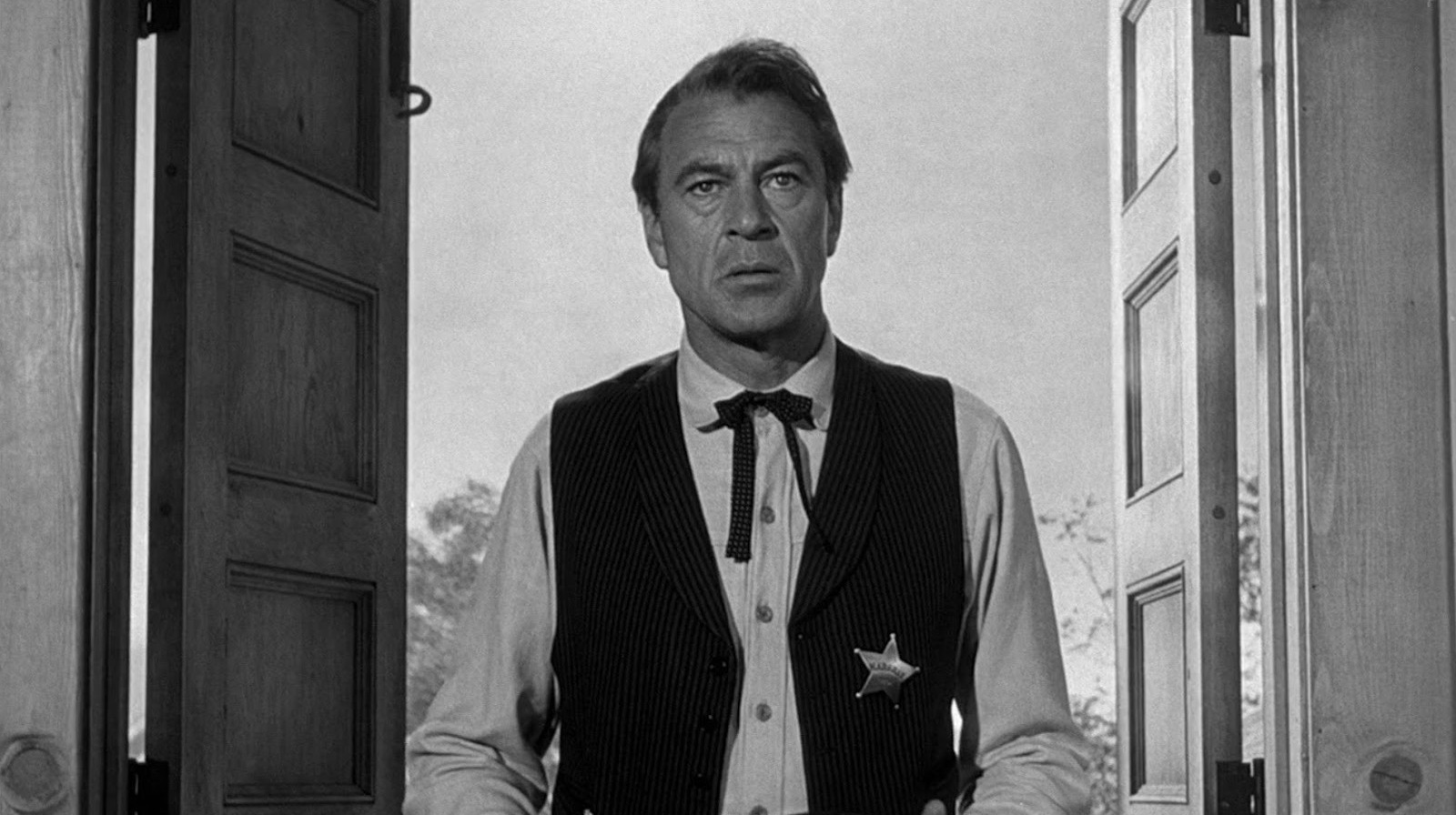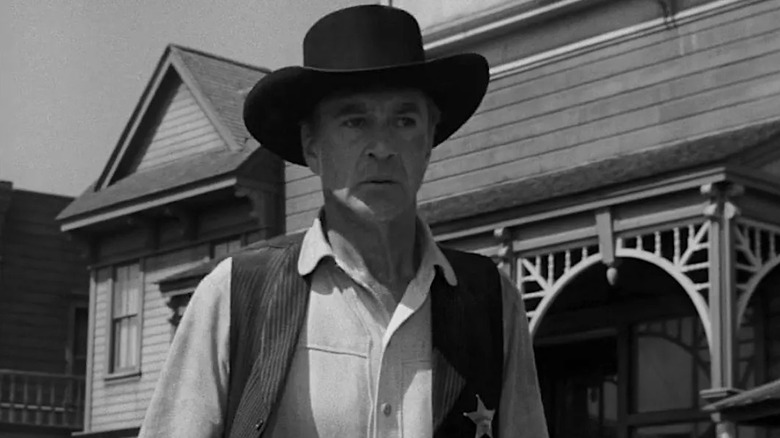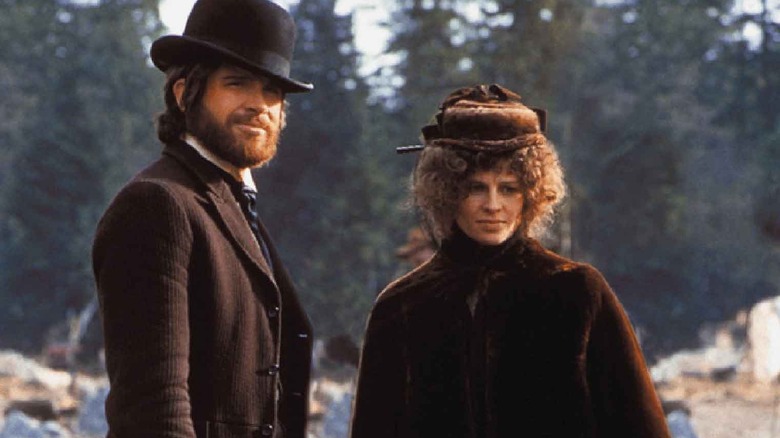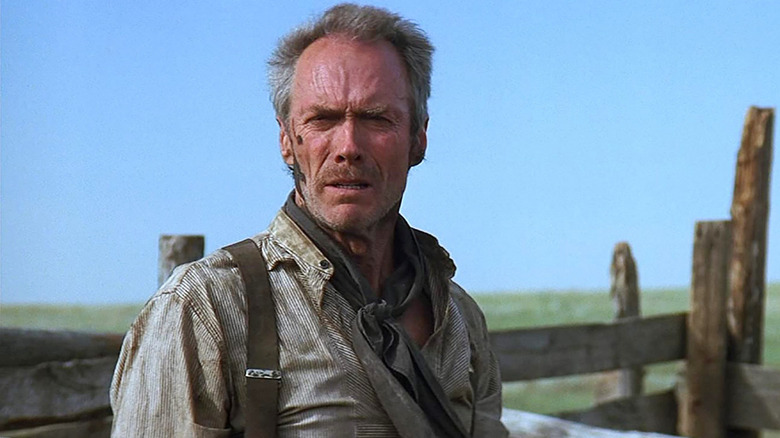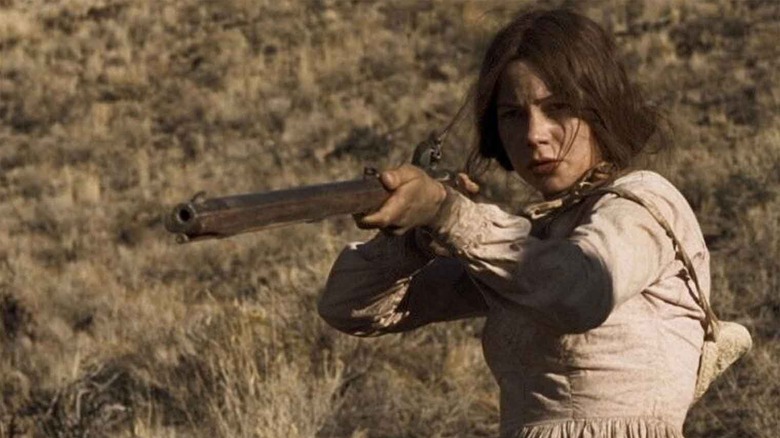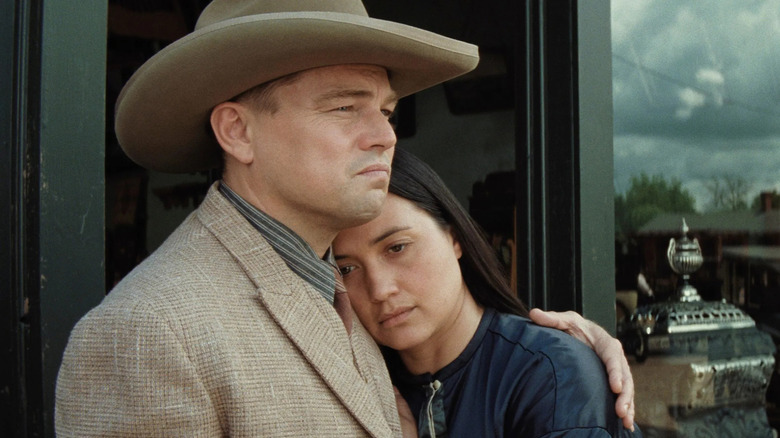Westerns dominated the box office. Shootouts and horse chases were exciting to watch and easy to understand without dialogue during the silent movie era. Audiences were drawn to stories of brave cowboys and mustache-twirling villains because, in times like the Great Depression when hope was hard to find, they could escape into uplifting tales of a hero winning the day. Then, after World War II, in the 1950s, the U.S. emerged as a mighty force to be reckoned with. We had conquered the frontier and helped defeat the Nazis. As such, Westerns became more popular than ever because they reflected our national identity, which was built on a clear good versus evil narrative.
However, the Western genre took a different path when Americans no longer felt that swell of pride in their country. While there are some exceptions, in the 1960s and 1970s Westerns became experimental and reinvented their tropes. During this time period, the U.S. rode into Vietnam as if they were tough cowboys sent to wrangle the lawlessness of communism, all while citizens back home were outraged and led massive protests. A new sub-genre of revisionist Westerns captured this chaos and dissent by completely upending everything that had been established about the genre for decades. The inherent violence of frontier life was thus questioned and seen as traumatizing, not worthy of celebration. Likewise, the Native Americans who had previously been demonized and the women who were ignored or reduced to damsels in distress often became the story’s focus. In truth, of course, revisionist Westerns are as expansive as a desert landscape, so this list will only include some of the most essential ones.

